Exploring Predjama, Slovenia’s Cliffside Castle Nestled in a Cave
Perched dramatically in the mouth of a 400-foot cliff in southwest Slovenia is Predjama Castle, certified by Guinness World Records as the world’s largest cave castle. This remarkable medieval fortress blends almost organically into stone, with a white Renaissance facade concealing extensive tunnels and chambers snaking deep into the mountainside. Visiting Predjama offers an adventure into secret passageways, macabre myths, and stunning karst cave landscapes hidden beneath the castle’s foundations.
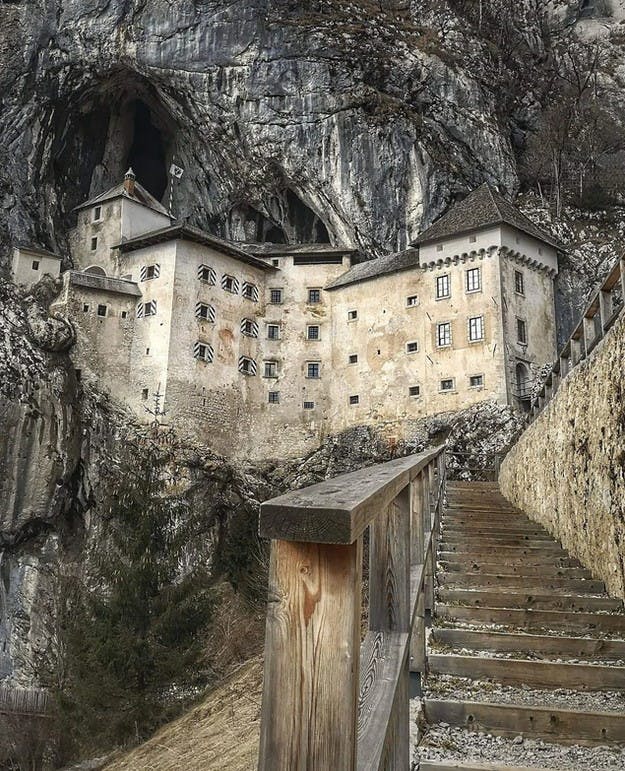
Approaching an Extraordinary Castle
Winding through Slovenia’s forested hills, narrow roads lead to the tiny village of Predjama. Approaching the site, no castle is visible until you nearly arrive at the base of a towering cliff. Finally, the graceful white arcs and spires of Predjama emerge seamlessly from an enormous cavern hollowed into the rock face.
The concealment was intentional, as Predjama was designed primarily for defense and survival. In the 13th century, its sheltered location protected inhabitants from medieval sieges. Later, during World War II, the castle again served as a hideaway from bombardment. Even today, sentries posted in Predjama’s upper towers enjoy views of the valley in every direction, spotting visitors long before they see the castle.
The natural cave concealing Predjama offered another advantage – a secret supply route in and out. A network of tunnels winds through the cliffs, once allowing smugglers and rogue knights refuge inside the mountain stronghold. As you explore Predjama’s winding passages and chambers piled atop each other vertically into the cave ceiling, this hidden complex carved by nature and expanded through human creativity astounds.

Legend of a Rogue Knight
Predjama’s most famous resident was the knight-robber Erasmus of Lueg, who occupied the castle in the 15th century. With its hidden tunnels, Predjama offered Erasmus the perfect hideaway when the Holy Roman Emperor ordered his assassination after one too many highway robberies.
During an epic year-long siege, Erasmus used Predjama’s secret caves to mock his opponents. He obtained fresh cherries from miles away via the tunnels to show his self-sufficiency while visitors outside starved. Food and supplies flowed through the passageways, allowing Erasmus to withstand isolation in his mountaintop redoubt.

But eventually, Erasmus was betrayed from within. A servant signaled the besieging troops one morning where to aim their cannon – directly at the toilet on an upper terrace where Erasmus was vulnerably situated. A cannonball promptly shot through the privy door, killing Erasmus in the middle of his morning business in an rather undignified demise.
While likely embellished over centuries, this tale encapsulates Predjama’s dangerous appeal as an unconquerable medieval marvel. Inside the depths of its stony fortress, Erasmus evaded armies at the height of imperial power – nearly to the end.
Withstanding Sieges and Rival Lords
Predjama’s strategic position allowed whoever controlled it to withstand sieges and raids with ease. Its natural cave down the center provided a hidden route for supplies and escape if encircled. The upper hallways overlooking the valley gave sentries line of sight for spotting any approach in the distance.
The immense stone walls, some up to five feet thick, rendered cannon fire or battering rams ineffective. Narrow gun loops allowed defenders to shoot at attackers while murder holes above the entrance could pour boiling oil on anyone breaching the threshold. Inside, a deep torture chamber and dungeon ensured prisoners had no hope of escape either.
While impenetrable, the extensive cold and damp of the caverns also made Predjama unpleasant without kitchen fires and heated rooms to make it livable. Safety and security came first. Later owners renovated select chambers for opulent accommodation during peacetime in the Renaissance era. But most of Predjama never escaped its spartan medieval roots designed for refuge during regional conflicts.
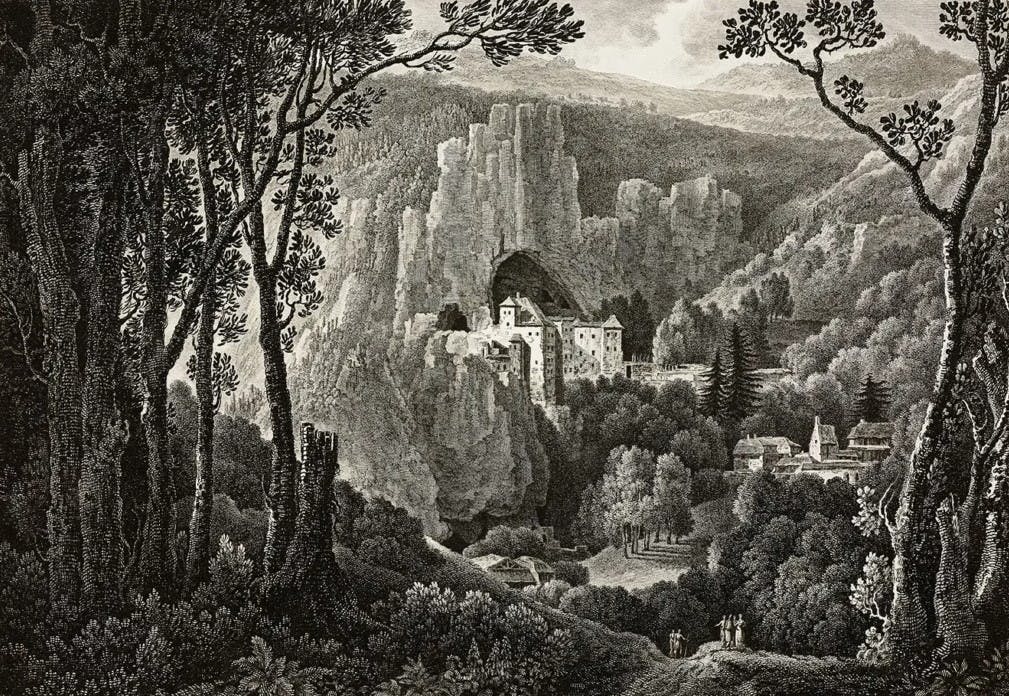
From Hidden Wartime Lair to Tourist Site
Predjama remained a secret site for centuries known only locally before opening as a museum and tourist attraction in the 20th century. Its last residents departed in the 1990s after using the castle as a hunting lodge and armory for centuries.
Now when visiting Predjama’s interior, you can witness its myriad disguises and innovations blending together across the ages – Renaissance window frames beside rough-hewn defensive embrasures, sumptuous furnishings under crude cave vaults.
In the bedchamber and barracks added during lavish 16th century renovations, displays of medieval weapons like armored gauntlets, wicked spiked flails, and crossbows hark back to its wartime origins. The Renaissance facade itself rises from the original castle core, like a mask concealing Predjama’s imposing medieval identity.
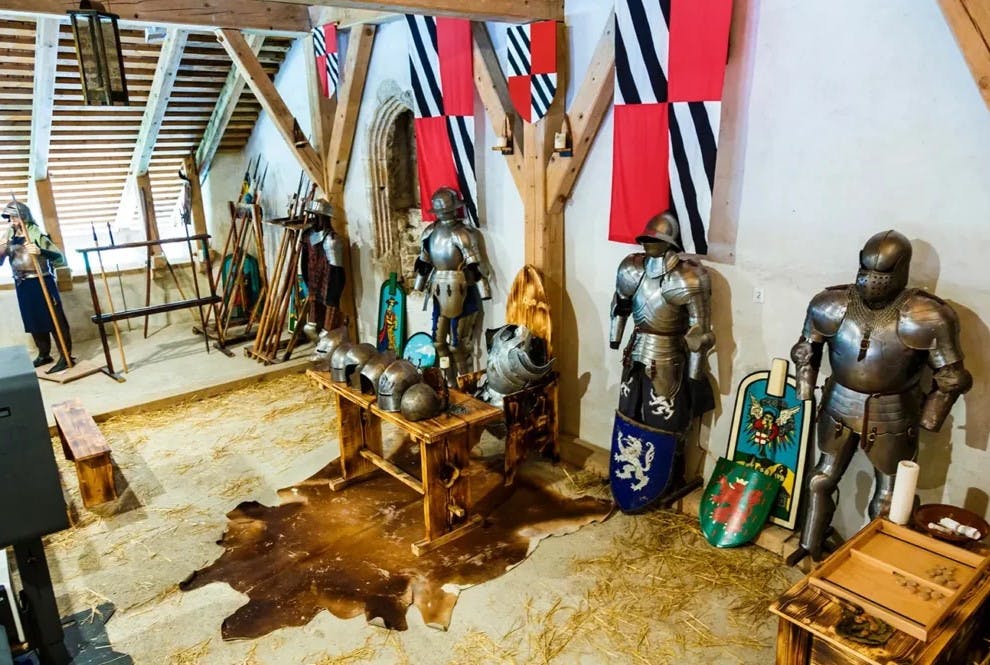
Journeying Into the Labyrinth Below
While Predjama’s living areas stretch vertically up the cliffside, an undeveloped maze of tunnels delves into the mountain below. This hidden labyrinth, part of Slovenia’s vast “karst” limestone cave networks, served as the secret route in and out during sieges.
Guides can escort visitors through parts of the lower caves, switching off electric lamps to demonstrate the complete isolation when darkened. In the largest cavern, over 8 miles have been mapped so far by cave explorers – who occasionally still make new discoveries in uncharted sections.
During summer months, intrepid travelers with caving experience can join expeditions into the depths. But in winter, most tunnels fall silent as bats descend to mate and hibernate undisturbed in the pitch-black hive of passages.
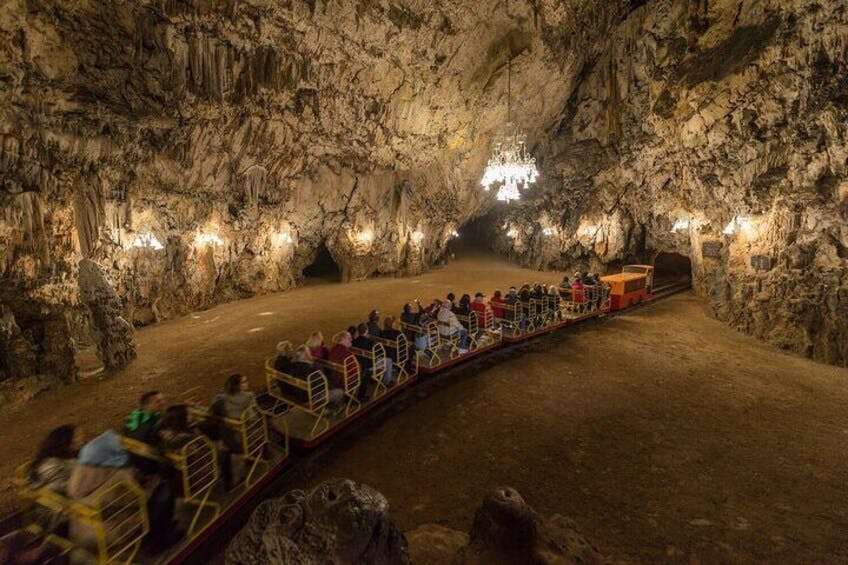
Whether you remain in the stony halls above or journey into the cool, winding catacombs underneath, Predjama offers adventures befitting such an extraordinary natural castle refuge frozen in time. Wandering through the silent halls, one can vividly imagine knights still stalking along the empty battlements, prepared to fade into the caverns below if under attack.
The spirit of Erasmus and past denizens persists in every shadow. Predjama conceals not just tunnels and chambers but centuries of secrets not fully brought to light even today.
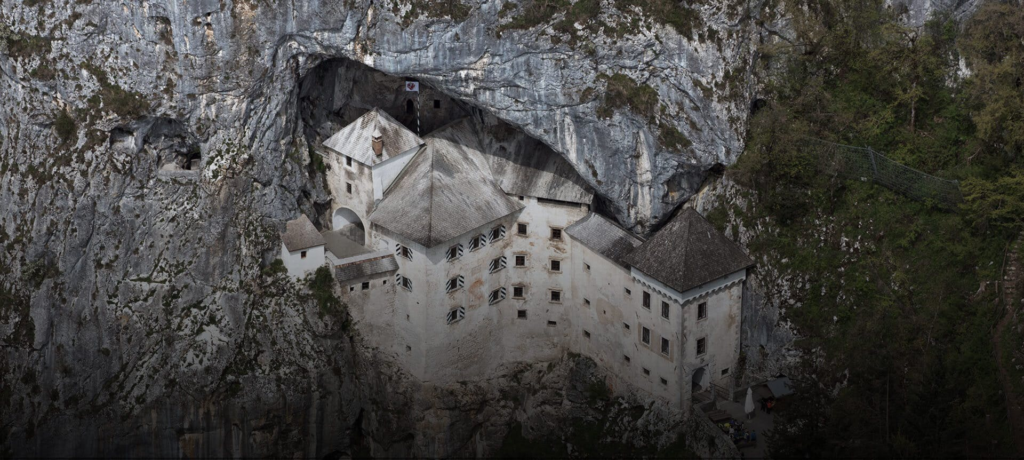

 Additional Facts
Additional Facts
800 Years
In the 1960s the CIA spent an estimated $20 Million on a project titled “Acoustic Kitty” where cats were surgically implanted with a microphone and transmitter. The idea was to use these cats as ‘spies’. However the results were poor because well… as any cat owner will tell you, cats don’t take orders very well.
Jackie Chan
Jackie Chan’s 1986 movie ‘Armour of God’ has scenes that were filmed at Predjama Castle. More recently Netflix’s ‘The Witcher’ used the castle as a set location.




